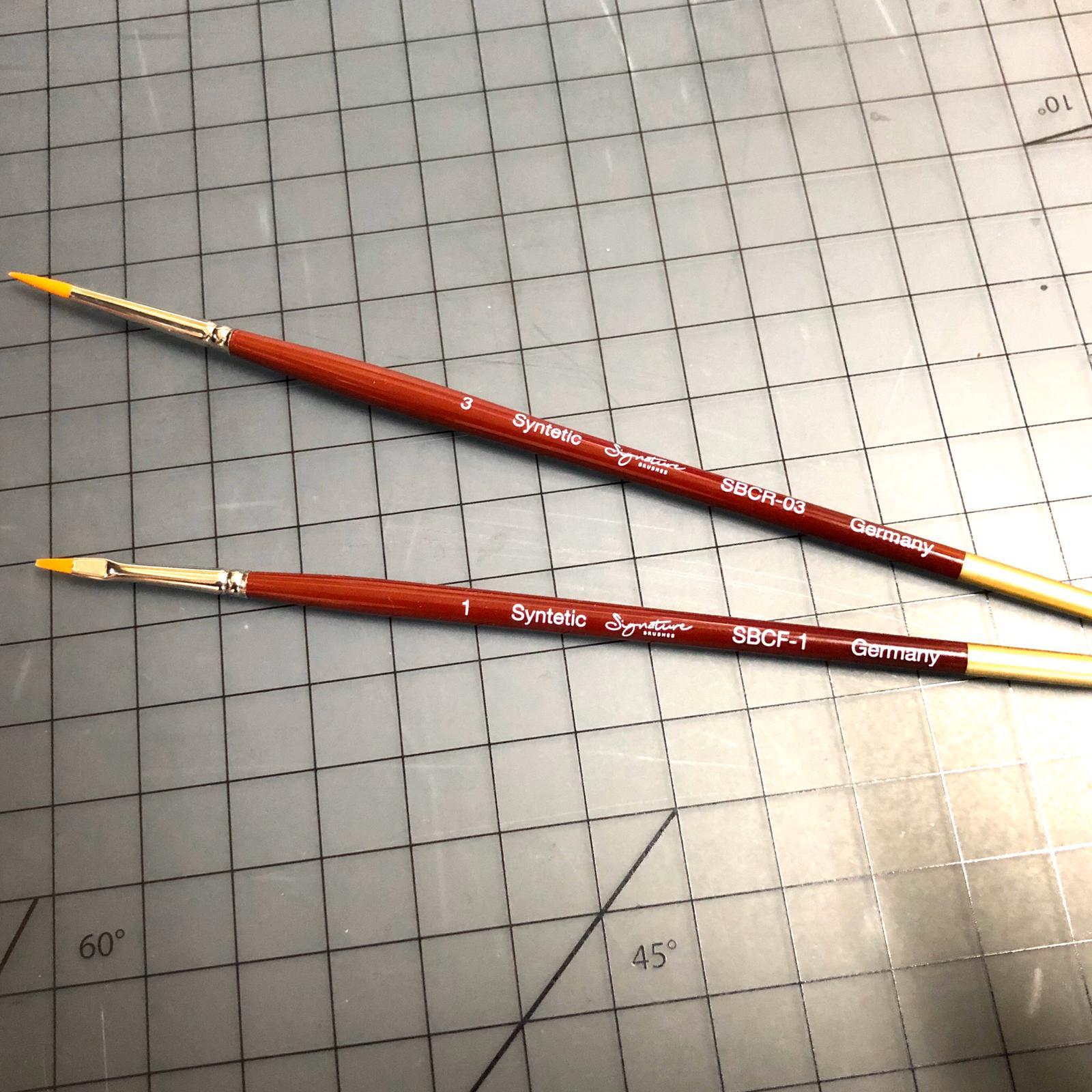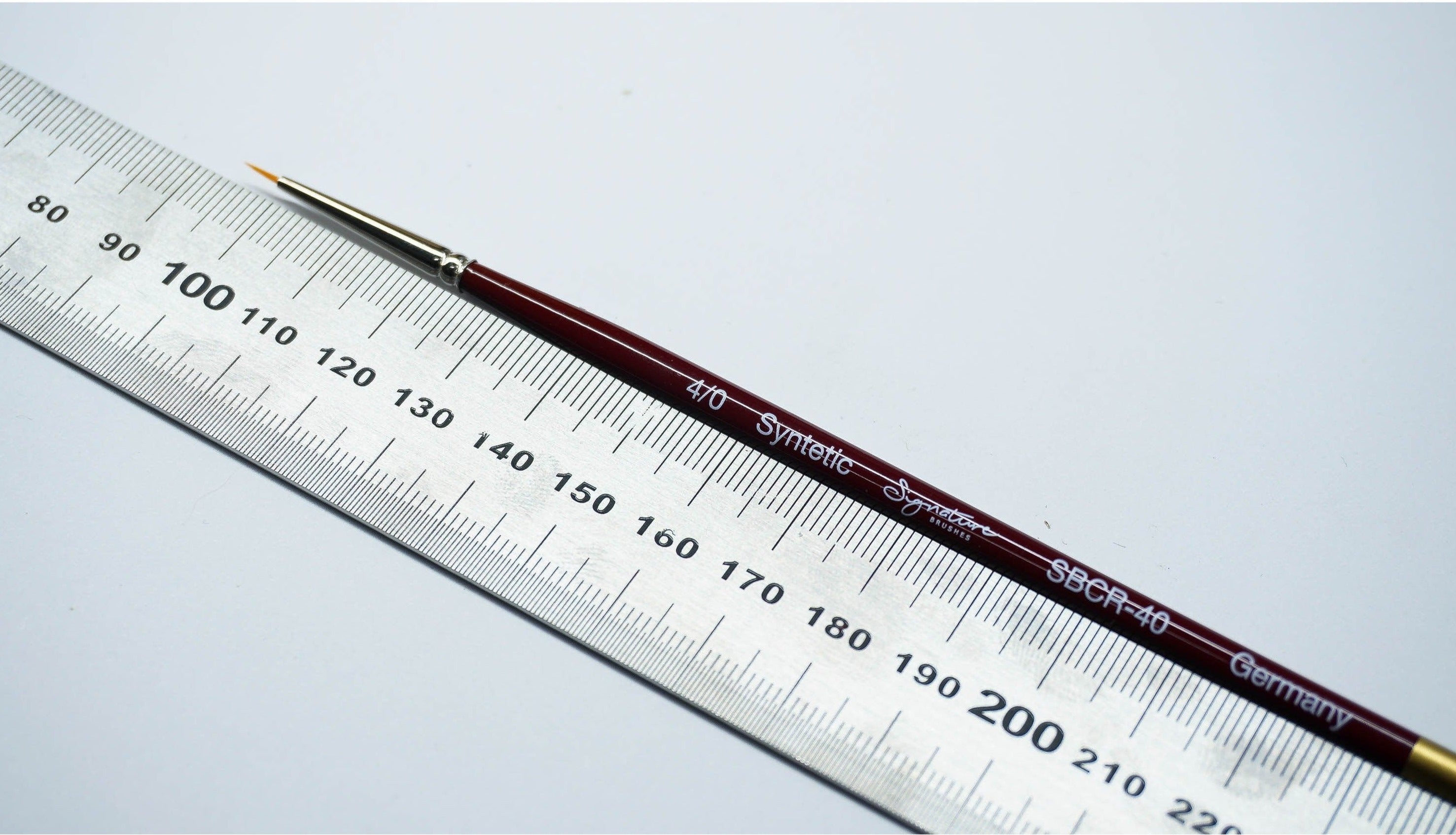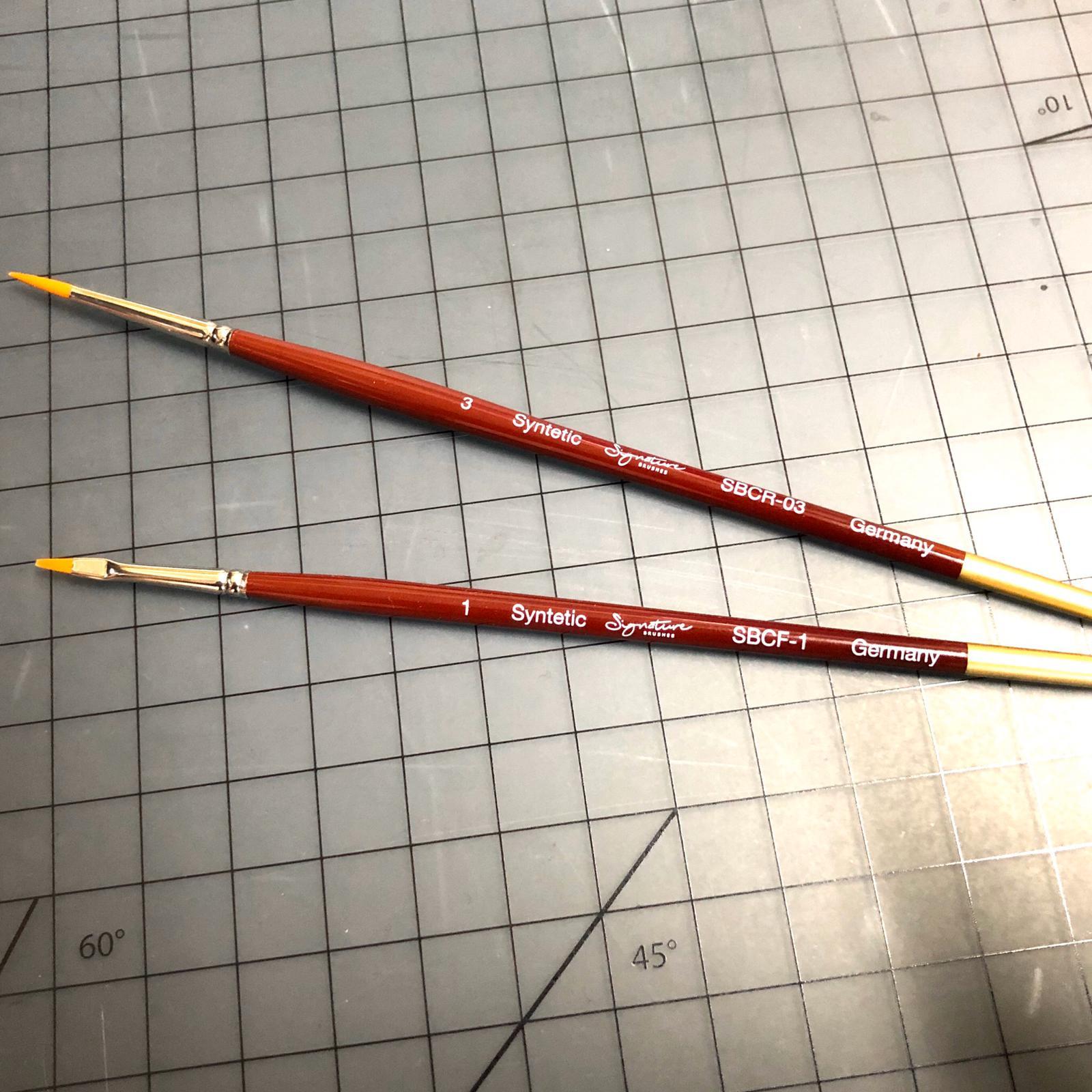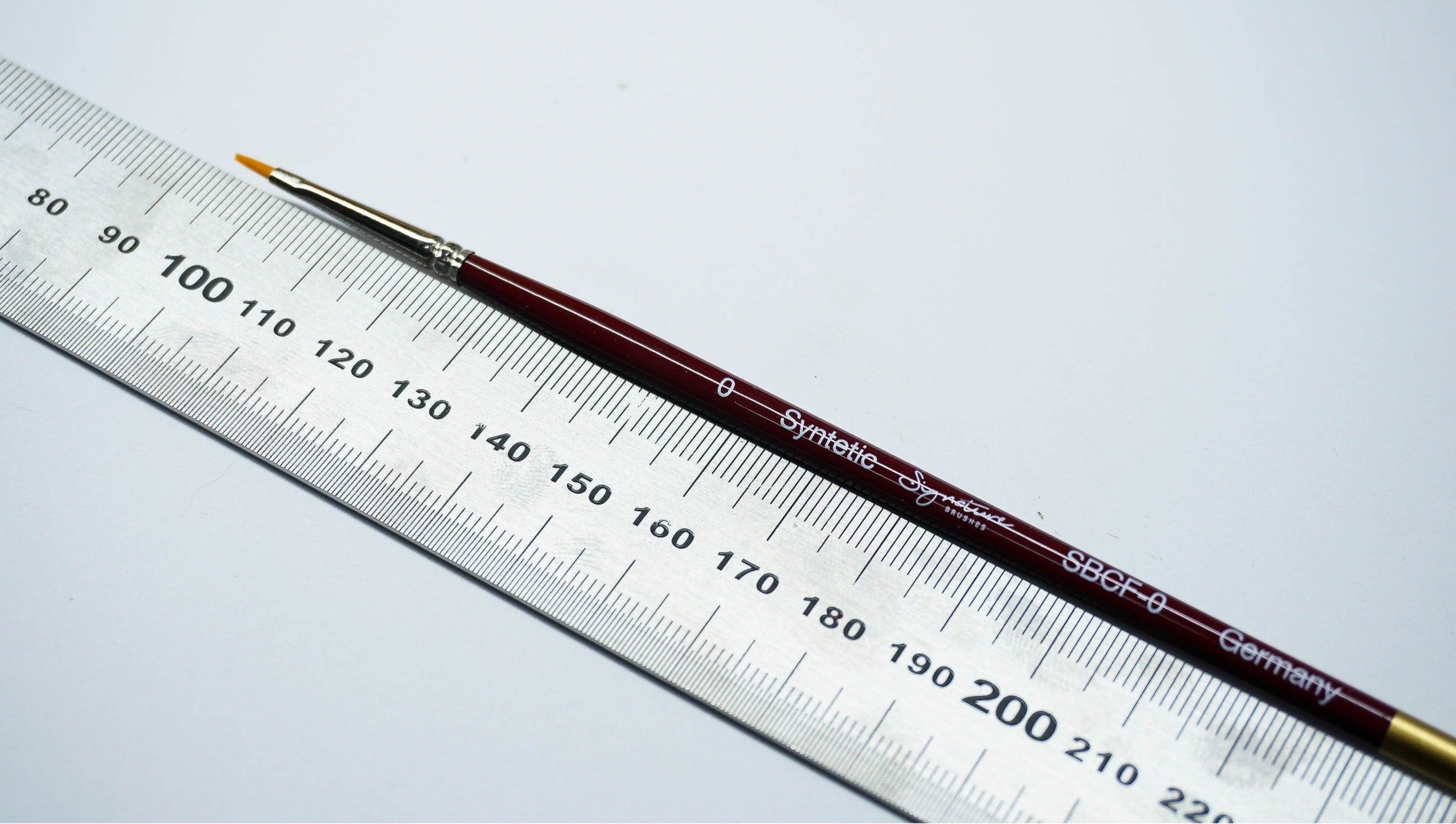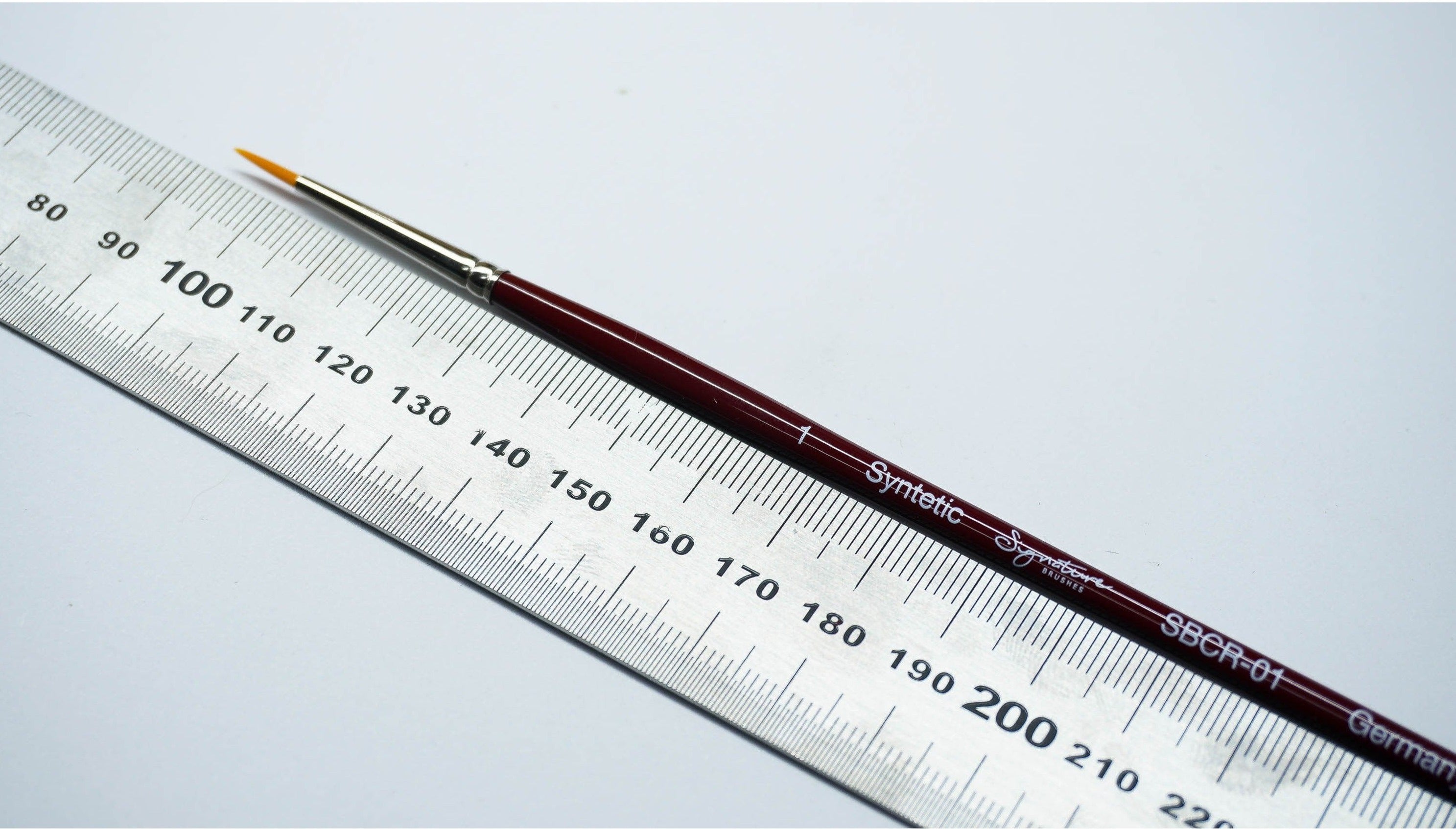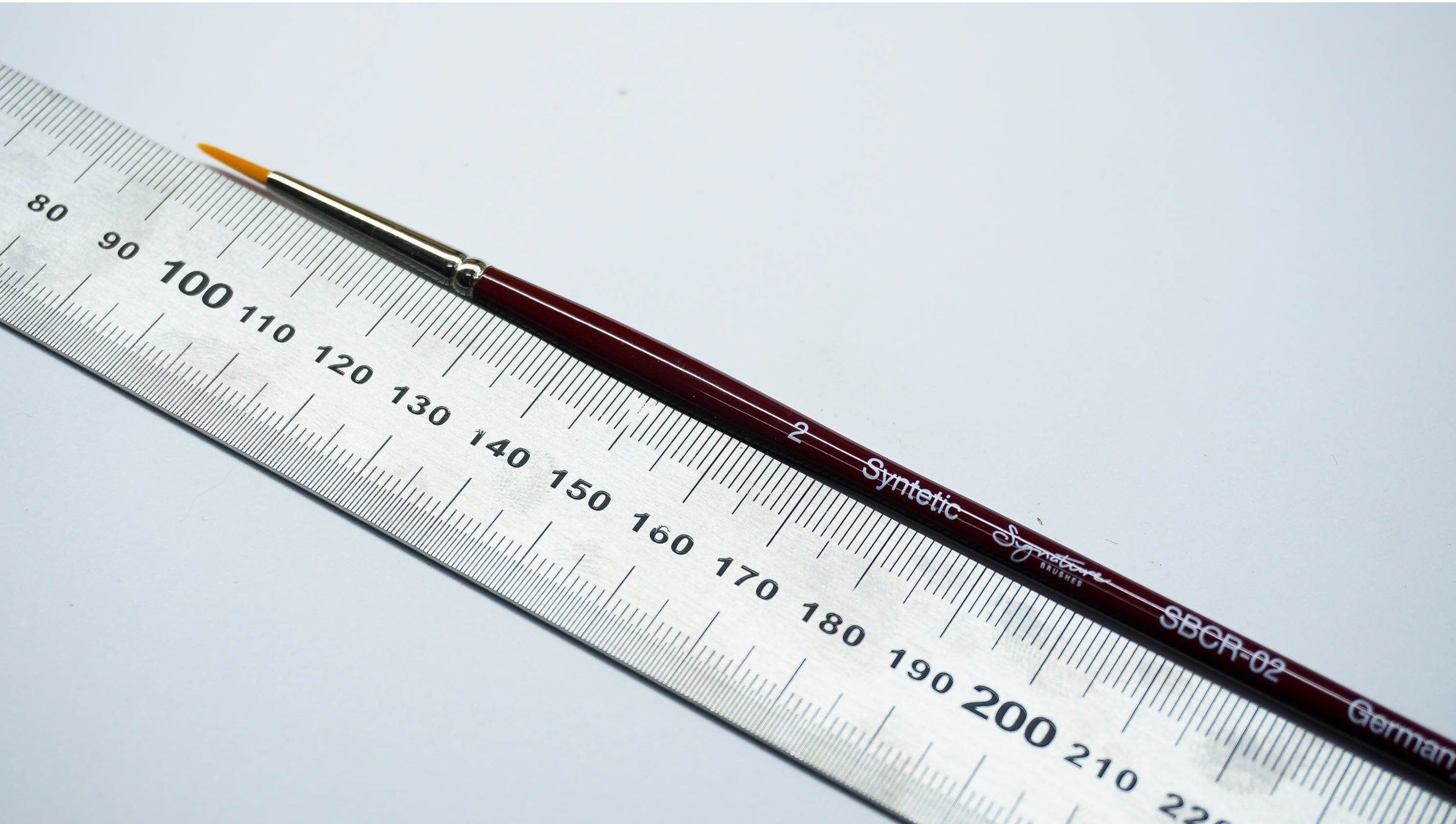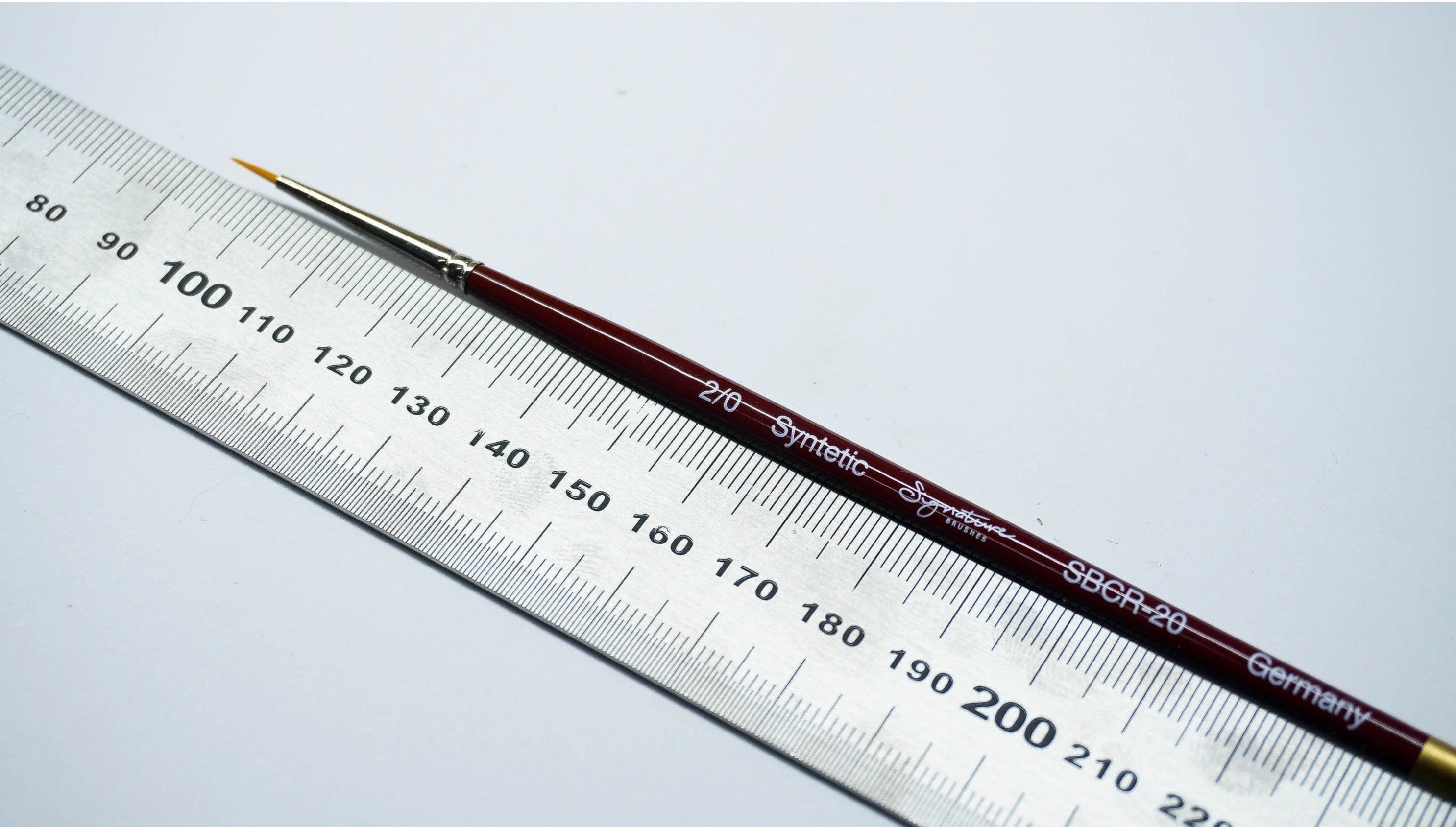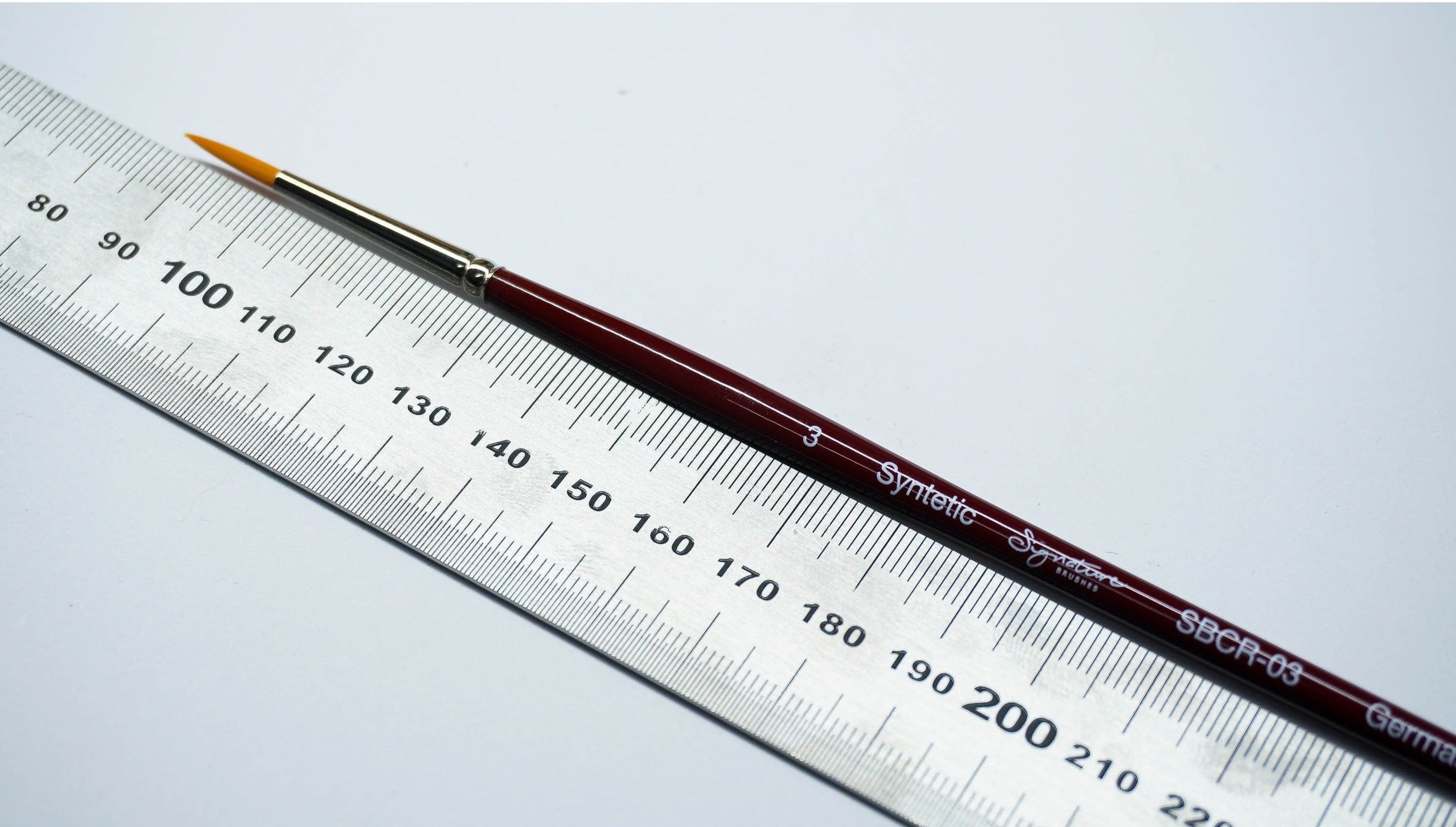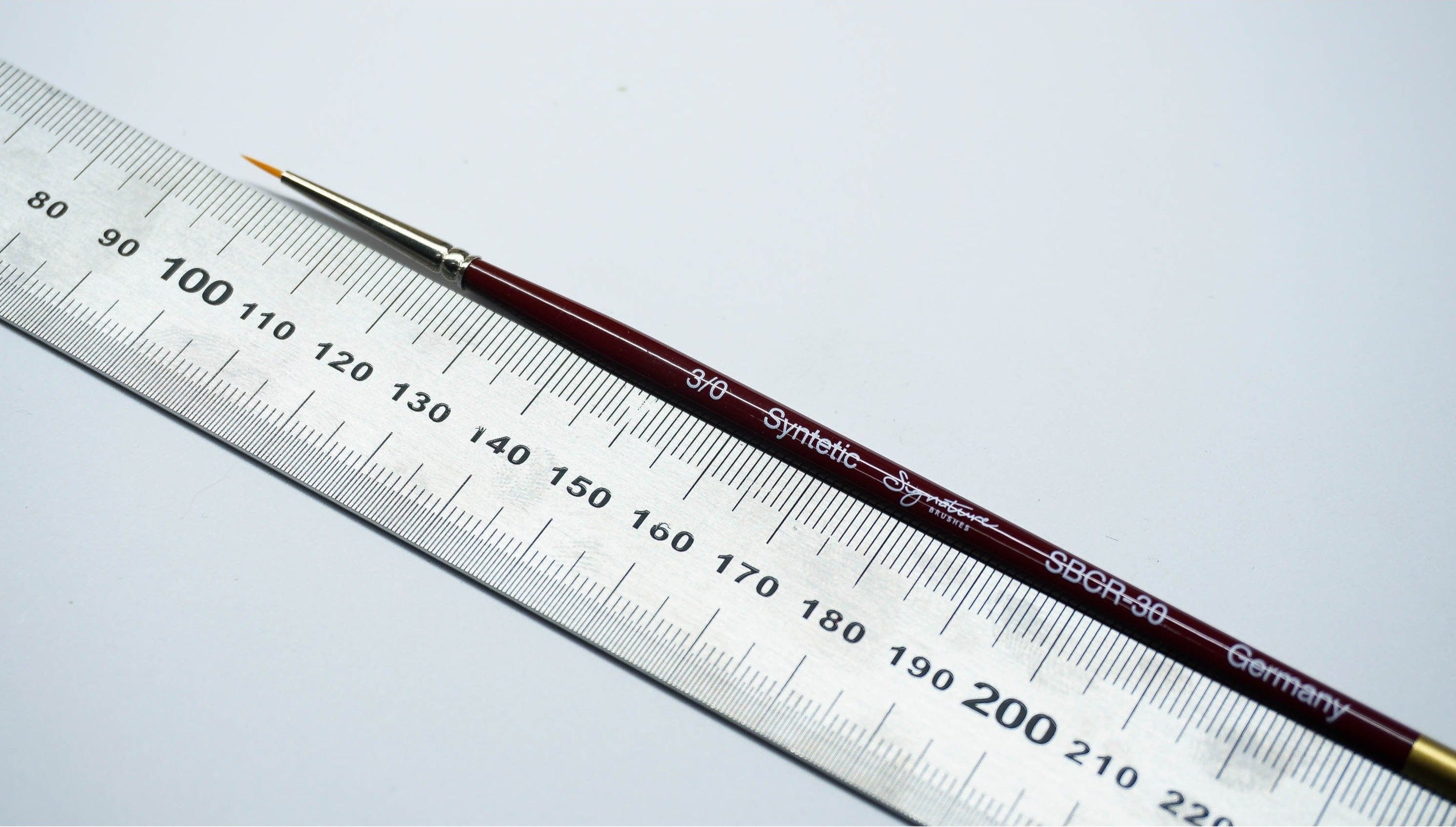
Hobby History: Three Revolutionary Diorama Builders
To put simply: A diorama is a three-dimensional physical recreation of a scene or landscape. Dioramas can be either miniature models or full-size replicas and are traditionally made through the craft of sculpting and painting.
I’m sure we all have a memory of ourselves making our first dioramas in 4th grade science class, but in reality, dioramas are so much more than shoe boxes filled with little green soldiers and cotton balls. We often see large scale dioramas at museums and exhibits, we can all picture Owen Wilson in the Night at the Museum leaving his glass cage to start a war in the giant's world.
Dioramas are not only considered to be an intricate and time-killing hobby, they can also be used to solve crime, plan infrastructure and create realistic effects in films and television. We see dioramas go as far back as the 18th century, with the intricate art form being interpreted by a variety of different artists and skilled builders. Dioramas can capture significant historical moments, natural landscapes and educational design through its diverse and adaptable history.
In this blog, I'd like you to sit back and recognise three significant diorama builders in history.
Contents
- Introduction to Dioramas
- The Master of Dioramas: François Joseph Bosio
- The Diorama Artist: Ray Anderson
- The Architect of Fantasy: Satoshi Arak
- Technology and Modern Day Advancement
- Did You Know?
- Summary
Let’s go all the way back to the 18th century,
In 1768, the Master of dioramas was born, François Joseph Bosio. François was born in Monaco but later died in France at the age of 77 after becoming one of the most famous sculptors in Europe. Sculpting is one of the key elements to constructing a diorama, and not all dioramas are miniature models, in fact full-size sculptures are some of the first dioramas we see throughout history. It is important to highlight the importance that François had on the history of intricate design and the collection of historical landmarks. He showed impressive attention to detail and recreated some of the most important elements and events of history. His most renowned piece of art was "The Battle of Austerlitz," which victoriously depicts Napoleon standing undefeated at the end of the Battle. This may also be known as the sculptural depiction of the “Battle of the Three Emperors''. Bosio’s life-size dioramas became some of the most popular attractions for tourists in the 19th and 20th century as they displayed intricate detail of historical events as he remembered them.

[Image: the Quadriga statue in Paris, by François Joseph Bosio]
Later, in the 20th century, one of the most well known historical landscape diorama artists, Ray Anderson was born. Ray is an American modeller who was born on February 26 in 1919, later dying in California in 2018, nearly making it to the age of 100. Ray worked in the automotive and aerospace industry for 30 years before retiring in 1972 and devoting himself to miniature modelling. He quickly became one of the world's most breathtaking diorama artists. He created some of the most realistic, beautiful and unique natural landscapes depicted in the form of dioramas. Anderson published his book “The Art of The Diorama” in 1988. Roy’s work typically explored terrain, flora, fauna and wildlife, with many of his pieces ending up in museums and exhibitions. Anderson’s dioramas depict some of the most essential parts of history, and are still on display in California. Ray also explored the concept of computer animation, making virtual versions of miniature models.

[Image: Diorama of Archduke Philippe the Handsome of Burgundy by Ray Anderson]
Today, in the 21st century, we have the architect of fantasy, Satoshi Araki. Satoshi was born in 1973 and is one of Japan's most significant diorama builders. He demonstrates significant skill in the art of miniature modelling and has the ability to capture fantastical concepts by using real world cityscapes and design. Satoshi has the ability to add a modern-day spin to the art of dioramas and has recreated many futuristic and imaginative landscapes through intricate design and his technical expertise. You can find all his work on Instagram so prepare to be inspired!

[Image: Trashed Street Diorama by Satoshi Araki]
Did You Know?
- One of the first uses of dioramas in a museum was in Stockholm, Sweden, in 1893.
- The first diorama was invented by Louis Daguerre and Charles Marie Bouton, and was first exhibited in Paris, July 1822.
- Hobbyists often use scales 1:35 or 1:48 for their dioramas.
In summary, we can see that the history behind dioramas is a rich one. We can thank François Joseph Bosio, Ray Andersen, and Satoshi Araki for their determination and creativity, as they helped to define dioramas as how we know them today. Their masterpieces have allowed for us to witness history as they saw it, while also allowing us to travel to fantastical places. Why not give diorama building a try?
All diorama builders must start somewhere, which is why Ninesteps industries is here for you no matter your passion or your experience. Beginning a new hobby starts with having the perfect tool kit. You can find our range of affordable and quality tools here: (https://ninestepsind.com/collections/all-products)

Shop tweezers here: https://ninestepsind.com/collections/collection-ninesteps-tweezers
At Ninesteps Industries, we offer a wide range of products for beginner and experienced modellers.Find the best one for your needs and preferences here!
Do you have any fun facts about scale modelling? Let us know!
Also, make sure to follow us on Facebook, Instagram, and Youtube!





